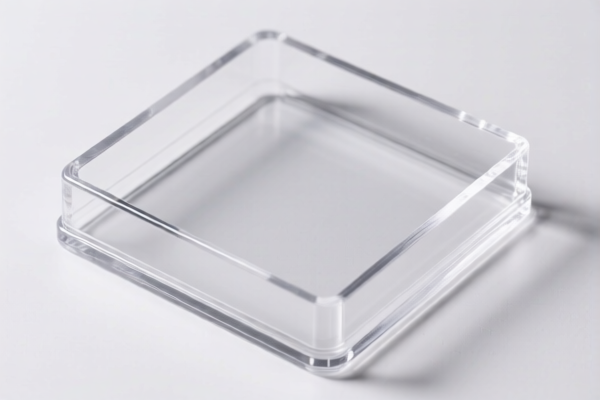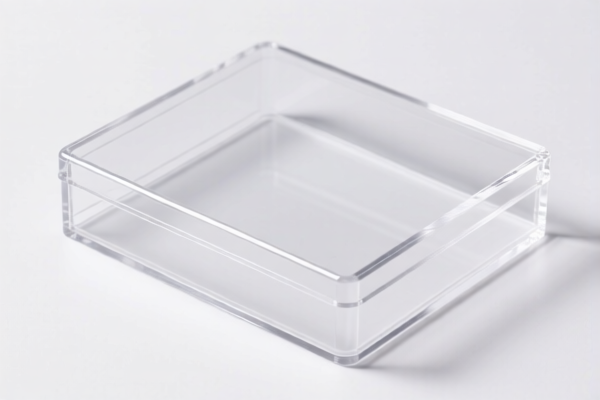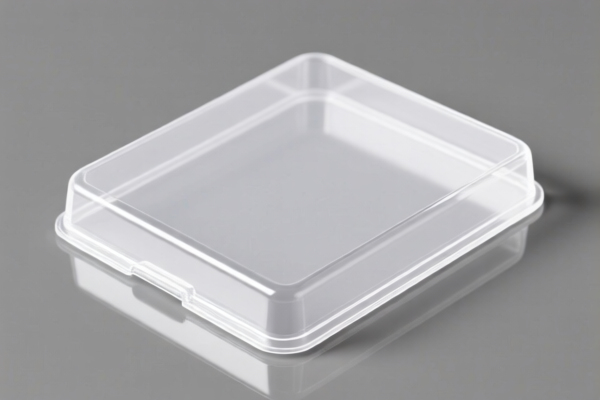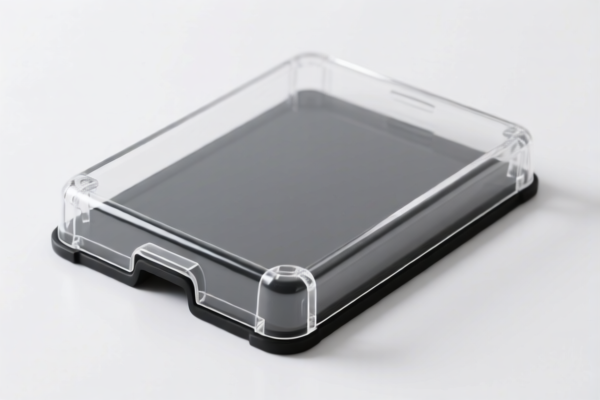| HS Code | Official Doc | Tariff Rate | Origin | Destination | Effective Date |
|---|---|---|---|---|---|
| 7002101000 | Doc | 58.9% | CN | US | 2025-05-12 |
| 7002102000 | Doc | 55.0% | CN | US | 2025-05-12 |
| 7013999010 | Doc | 44.7% | CN | US | 2025-05-12 |
| 7013370500 | Doc | 50.0% | CN | US | 2025-05-12 |
| 3926400090 | Doc | 35.3% | CN | US | 2025-05-12 |
| 3926909910 | Doc | 42.8% | CN | US | 2025-05-12 |
| 3923300090 | Doc | 58.0% | CN | US | 2025-05-12 |
| 3923500000 | Doc | 60.3% | CN | US | 2025-05-12 |




Transparent Ball
A transparent ball is a spherical object composed of a clear or translucent material, allowing visibility through its surface. These balls serve a diverse range of purposes, from recreational play to scientific applications and decorative uses.
Material
Transparent balls are manufactured from a variety of materials, each offering differing properties:
- Glass: Historically common, glass balls provide excellent clarity and durability, but are heavier and prone to breakage. Often used for decorative purposes or in scientific instruments.
- Acrylic (PMMA): A lightweight and shatter-resistant plastic. Acrylic balls are commonly used in children’s toys, displays, and as protective covers. Offers good optical clarity, though susceptible to scratching.
- Polycarbonate: An even more impact-resistant plastic than acrylic, offering high durability and clarity. Used in applications requiring greater protection, such as safety equipment or outdoor displays.
- PVC (Polyvinyl Chloride): A cost-effective plastic, often used for inflatable transparent balls, such as beach balls or exercise balls. Less clarity than acrylic or polycarbonate.
- Rubber: Used for inflatable balls, often with added pigments for color, but can be produced in transparent or translucent forms.
Purpose & Function
The function of a transparent ball is highly dependent on its material and size. Common applications include:
- Play/Recreation: Beach balls, playground balls, and novelty toys.
- Decoration: Ornamental displays, holiday decorations, and aesthetic arrangements.
- Display: Showcasing objects within the sphere, creating a unique visual presentation.
- Scientific/Technical: Lenses, calibration spheres, fluid containment for experiments, or as part of larger instruments.
- Exercise/Fitness: Large inflatable transparent balls used for fitness routines and balance training.
- Protective Covers: Enclosing delicate items for protection from dust, damage, or the environment.
Usage Scenarios
- Children’s Playgrounds: Acrylic or PVC balls for games and activities.
- Beach/Pool: Inflatable PVC beach balls for water recreation.
- Retail Displays: Acrylic or polycarbonate balls showcasing merchandise.
- Laboratories/Research Facilities: Glass or acrylic spheres for experiments and data collection.
- Home Decor: Glass or acrylic balls as decorative accents.
- Gyms/Fitness Centers: Large inflatable balls for core strengthening and balance exercises.
- Events/Parties: Decorative balls for creating festive atmospheres.
Common Types
- Beach Balls: Large, inflatable PVC balls, typically brightly colored.
- Ornament Balls: Glass or acrylic spheres used for holiday decorations, often with internal embellishments.
- Acrylic Display Balls: Clear acrylic spheres for showcasing collectibles, photos, or other items.
- Exercise Balls (Stability Balls): Large inflatable balls used for fitness and rehabilitation.
- Calibration Spheres: Precision-manufactured glass or acrylic spheres used for instrument calibration.
- Snow Globes: Glass balls containing water, glitter, and a miniature scene.
- Garden Globes (Terrarium Balls): Glass or acrylic spheres used as self-watering containers for plants.
Based on the provided information, the following HS codes may be relevant to “transparent ball”:
-
7002101000: Glass in balls (other than microspheres of heading 7018), rods or tubes, unworked: Balls: Not over 6 mm in diameter. This HS code covers unworked glass balls, excluding microspheres defined under heading 7018, with a diameter of 6 mm or less.
- 70: Glass and glass articles.
- 02: Glass in balls, rods or tubes.
- 10: Balls.
- 10: Not over 6 mm in diameter.
-
7002102000: Glass in balls (other than microspheres of heading 7018), rods or tubes, unworked: Balls: Other. This HS code covers unworked glass balls, excluding microspheres defined under heading 7018, with a diameter exceeding 6 mm.
- 70: Glass and glass articles.
- 02: Glass in balls, rods or tubes.
- 10: Balls.
- 20: Other.
-
3926400090: Other articles of plastics and articles of other materials of headings 3901 to 3914: Statuettes and other ornamental articles Other. If the transparent ball is made of plastic and is used as a statuette or ornamental article, this HS code may apply.
- 39: Plastics and articles thereof.
- 26: Other articles of plastics and articles of other materials.
- 40: Statuettes and other ornamental articles.
- 00: Other.
- 90: Other.
Regarding HS code 7002101000 and 7002102000, the total tax rate is 58.9% and 55.0% respectively. These rates include a base tariff, additional tariff, and a potential additional tariff increase after April 2, 2025.
Customer Reviews
No reviews yet.